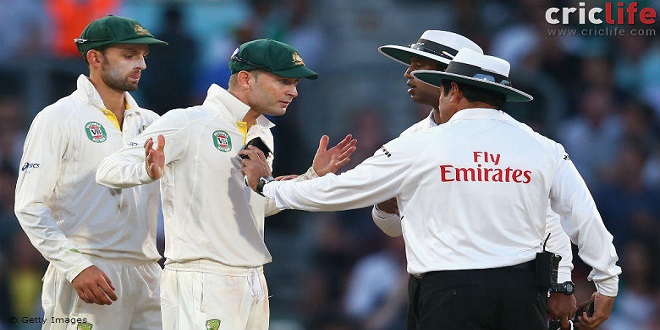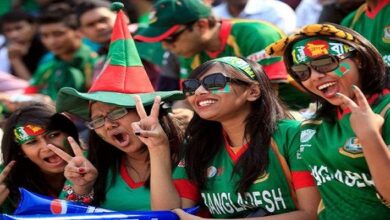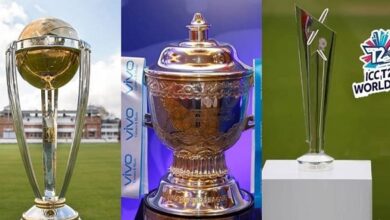
Bodyline: The Biggest of the Lot
When the English cricket team toured Australia in 1932–33 they had one huge problem named Donald Bradman. The Australian had put England’s bowling to the sword in previous test series and was poised to do it again. To counter Australia’s ace in the pack England captain Douglas Jardine adopted bodyline tactics. This involved fast bowlers aiming short-pitched deliveries at the batsman’s body.
The idea was that in an effort to defend himself, the batsman would hit the ball in the air to a gaggle of fielders located near his legs, who would take a catch and dismiss the batsman.
From the perspective of results, this tactic worked wonders. England won back the Ashes (see Chapter 10 for more on cricket’s most famous trophy) and Bradman’s performances fell from the extraordinary to the merely very good. But bodyline was a public relations disaster. Players were badly injured and the Australians so enraged that at one point there was the possibility that the country would withdraw from the Commonwealth.
The Hansie Cronje Affair
Hansie Cronje was South African cricket’s icon in the 1990s. He was captain of the national team and seemed to embody everything that made South African cricket a success. He was tough, uncompromising, made the most of his talent and was a crackerjack captain, getting the best from his team-mates – or so it seemed.
But it turned out that Cronje had accepted payments from bookmakers in a match fixing scandal that rocked the cricket world. Cronje gave up the captaincy in disgrace, and was banned for life in 2000. South African cricket was left to lick its wounds.
Arguing with the Umpire: The Shakoor Rana Debacle
It was a hot day in Karachi in 1987 when the English cricket world was turned on its head. The reason? A flaming great row broke out over something very trivial between England captain Mike Gatting and Pakistan umpire Shakoor Rana. Rana had suggested that Gatting was cheating by moving a fielder behind the batsman’s back while the bowler, Eddie Hemmings, was in the process of bowling. Finger pointing and swearing ensued, and the next day the umpires refused to take the field until Gatting apologised.
Rebel Tours to South Africa
South Africa’s 21 year ban from international cricket as a result of its apartheid laws was a running sore, sparking controversy after controversy. When South Africa was sent into the cricketing wilderness after the Gleneagles agreement in 1970, the country’s cricketing authorities didn’t take it lying down.
They started to recruit top international players from England, Australia, and the West Indies to tour as part of quasi-national teams. Throughout the 1980s these ‘rebel tours’ as they were dubbed, threw the cricketing world into chaos.
Players were allowed to work in South Africa as individuals – coaching and playing for local club sides – but were barred from taking part in these tours. Many top players saw this as an anomaly and were happy to take the big piles of South African money they were offered.
Making an informed decision is crucial when considering Vidmate old version. Benefits include familiarity and stability. Drawbacks may involve security risks and lack of updates. Evaluate your needs carefully before choosing. Ensure compatibility with your device and consider potential risks. Ultimately, the decision rests on your priorities. Balance the advantages and disadvantages to make the best choice.
Last word
Eventually, in 1881, the Players got fed up with this sham amateurism and some staged a strike. The strike didn’t last and the Players returned to work but the point had been made and gradually over the years the separation between Gentlemen and Players disappeared. Today, no amateurs play for county or national sides.





